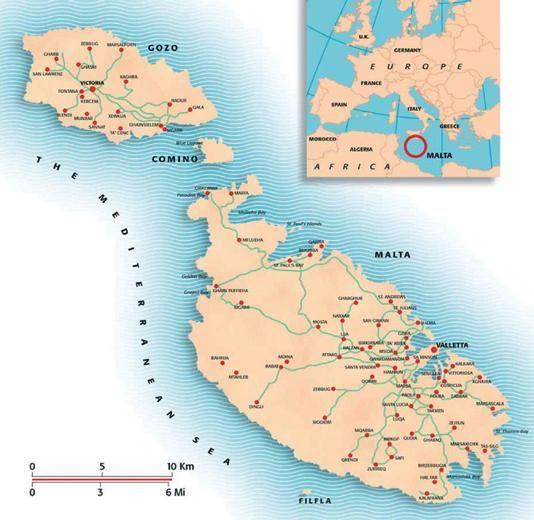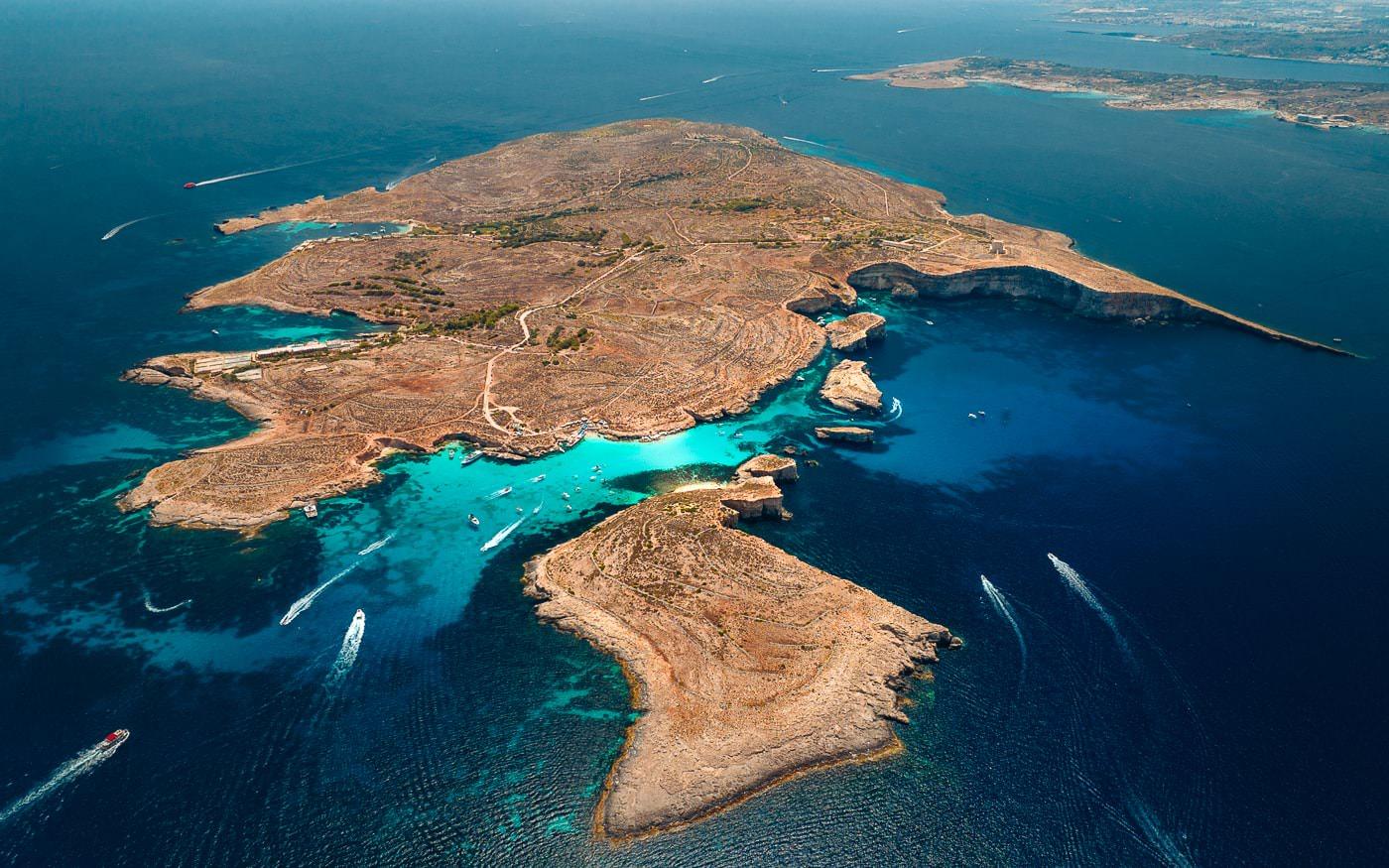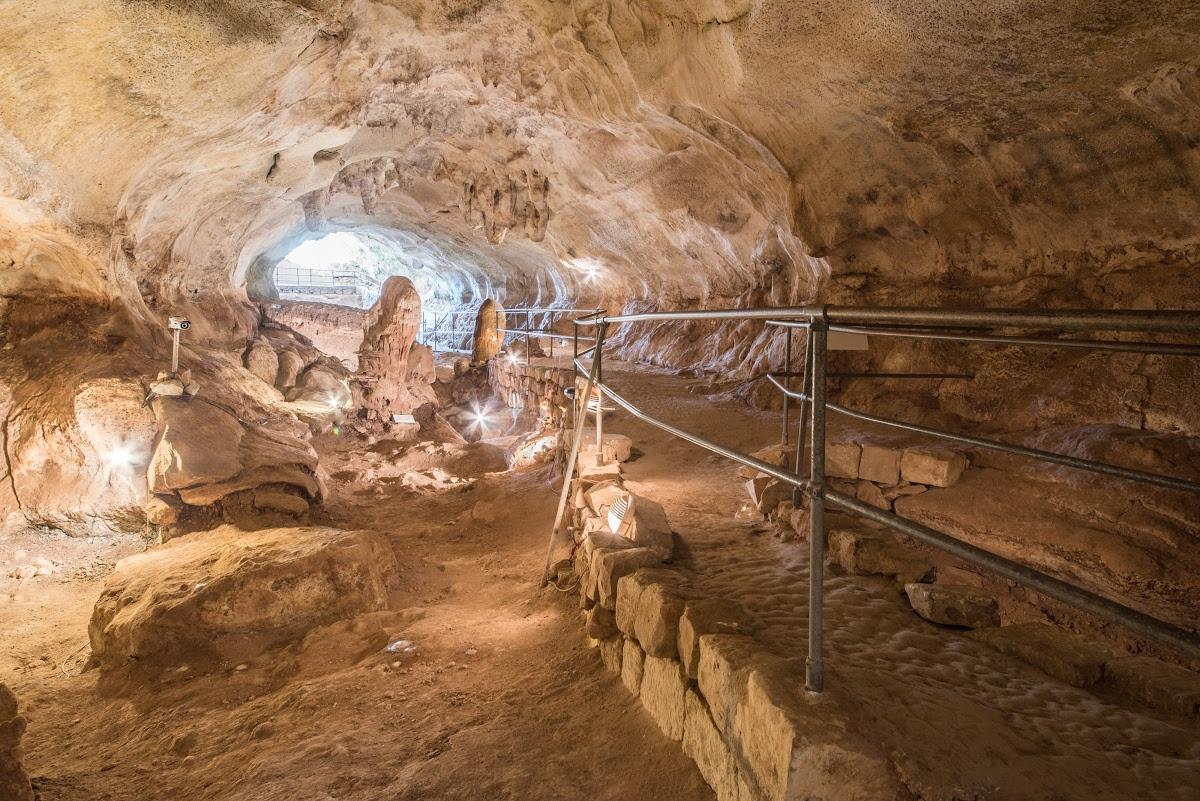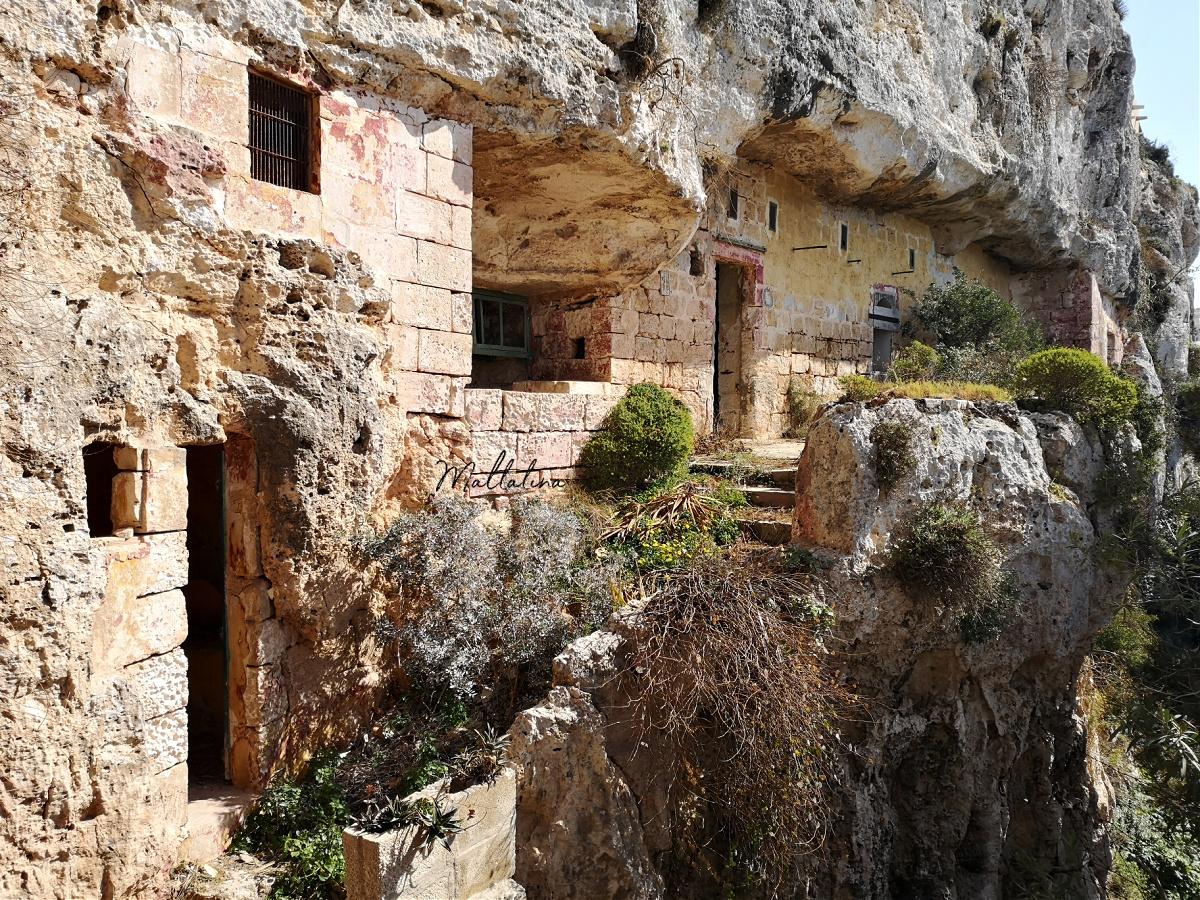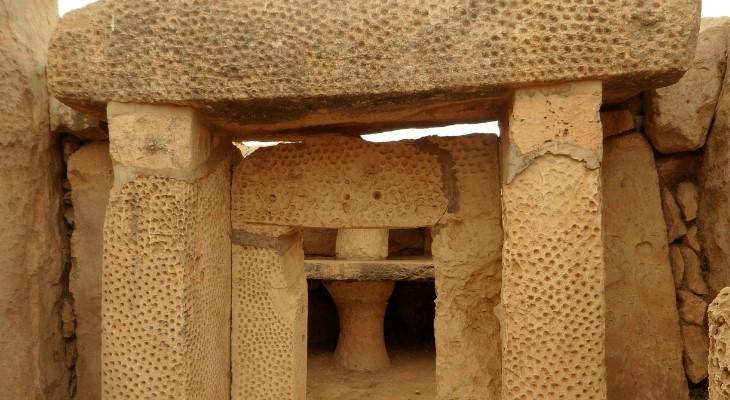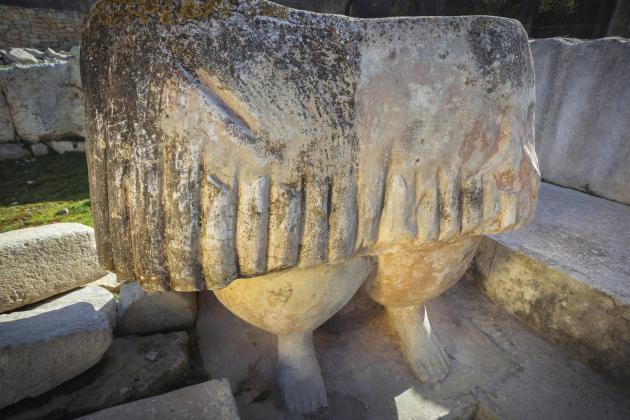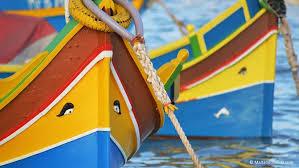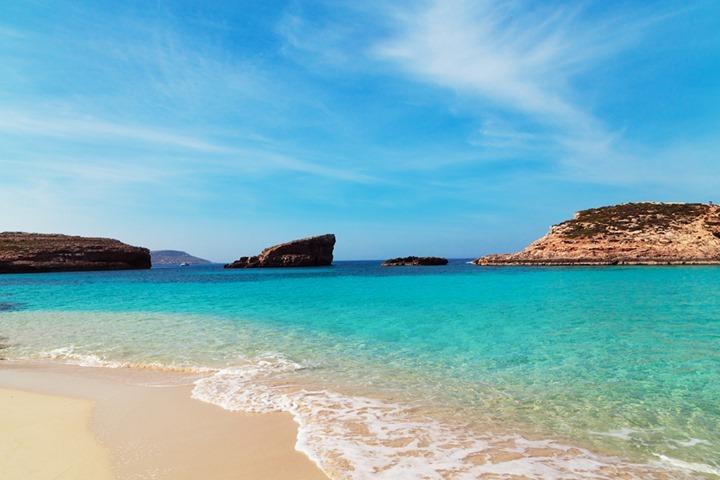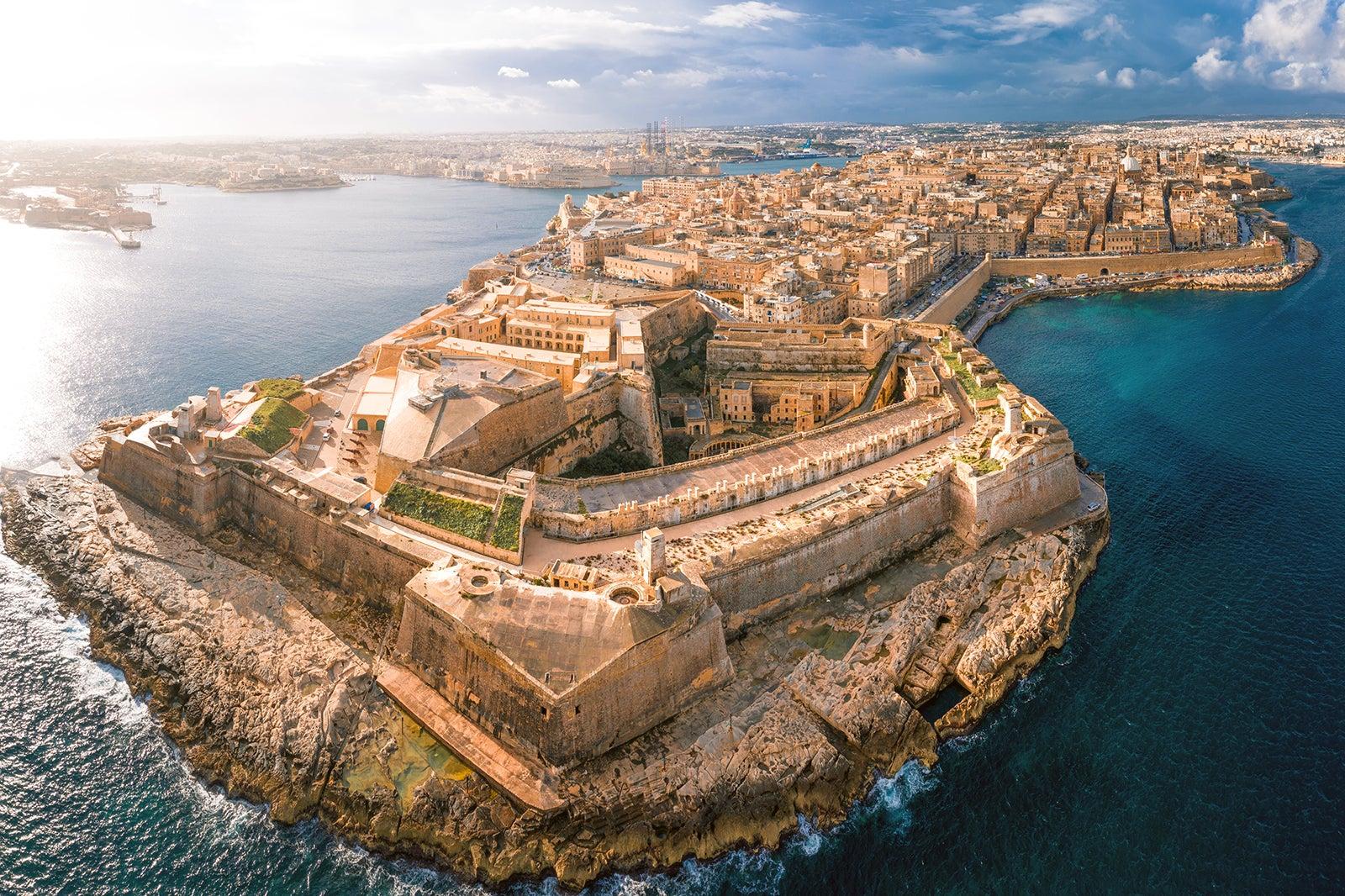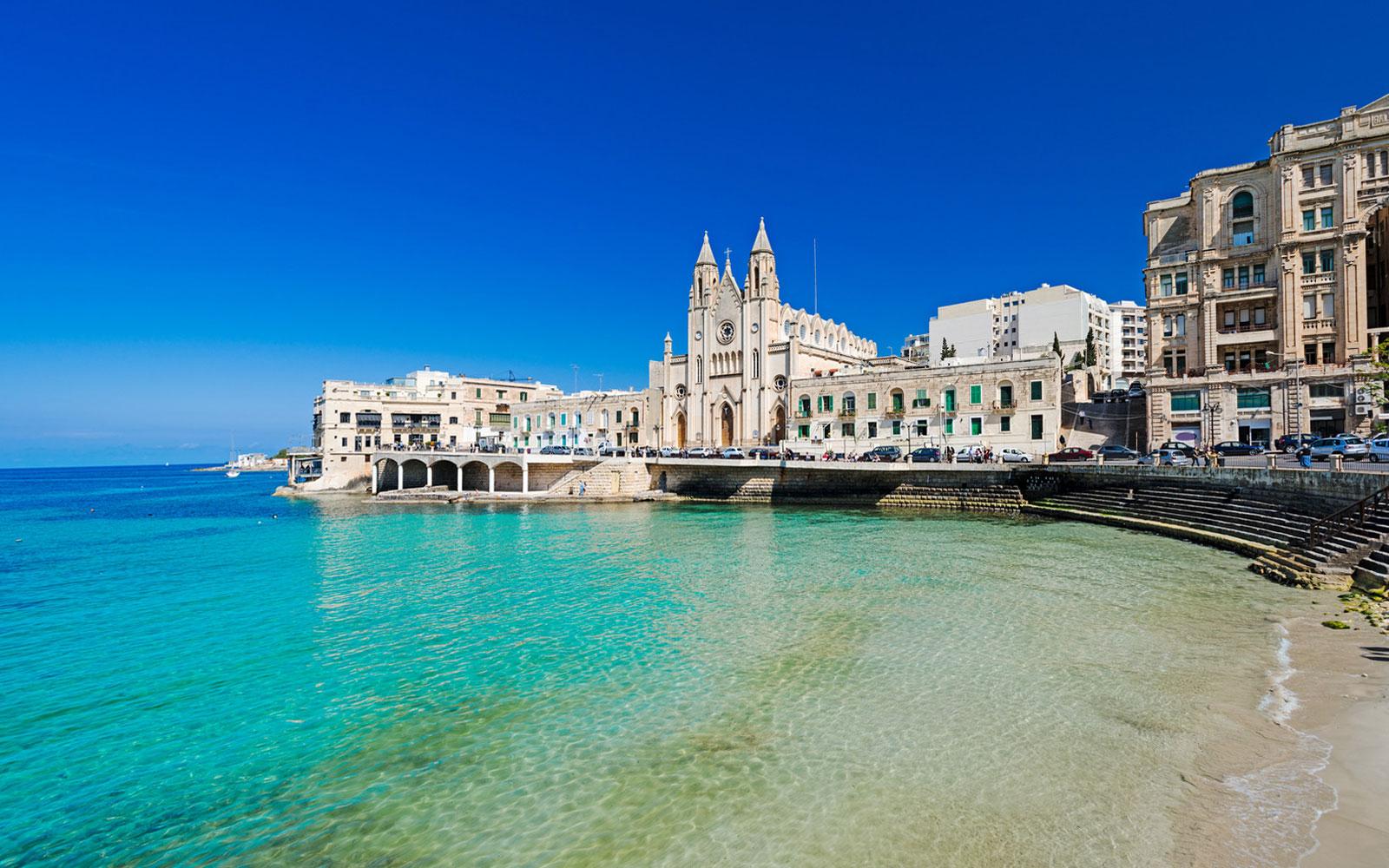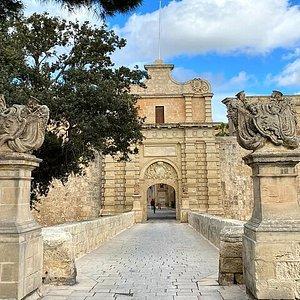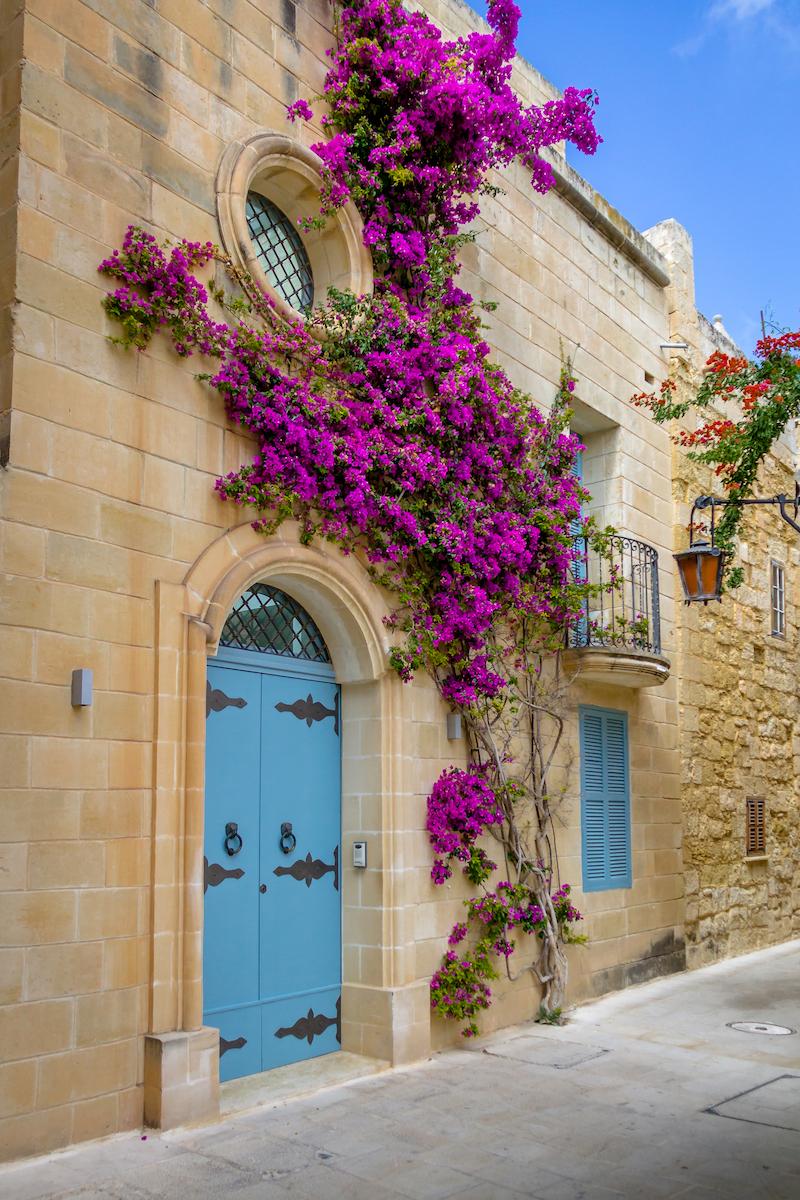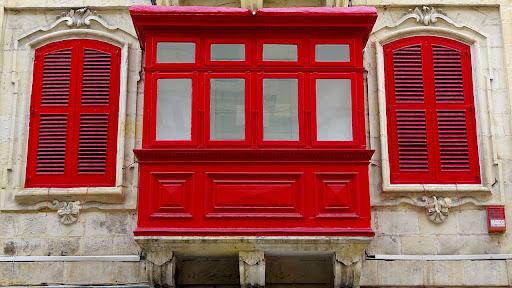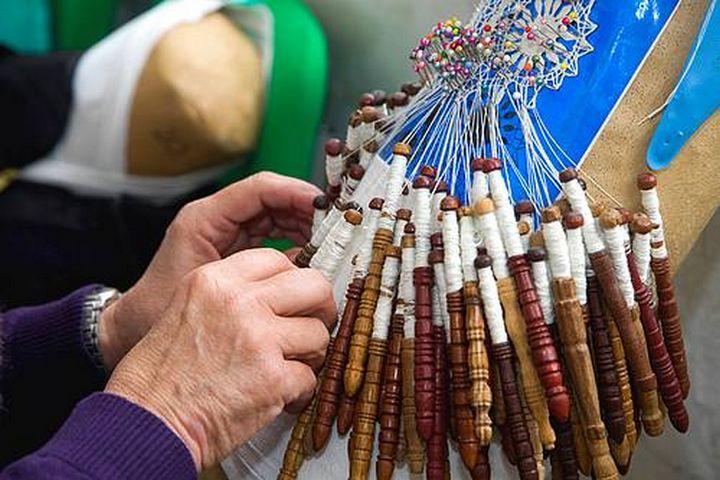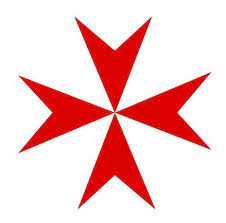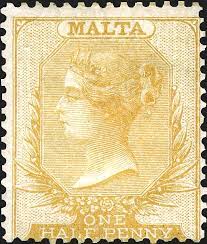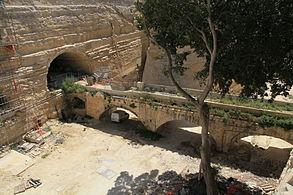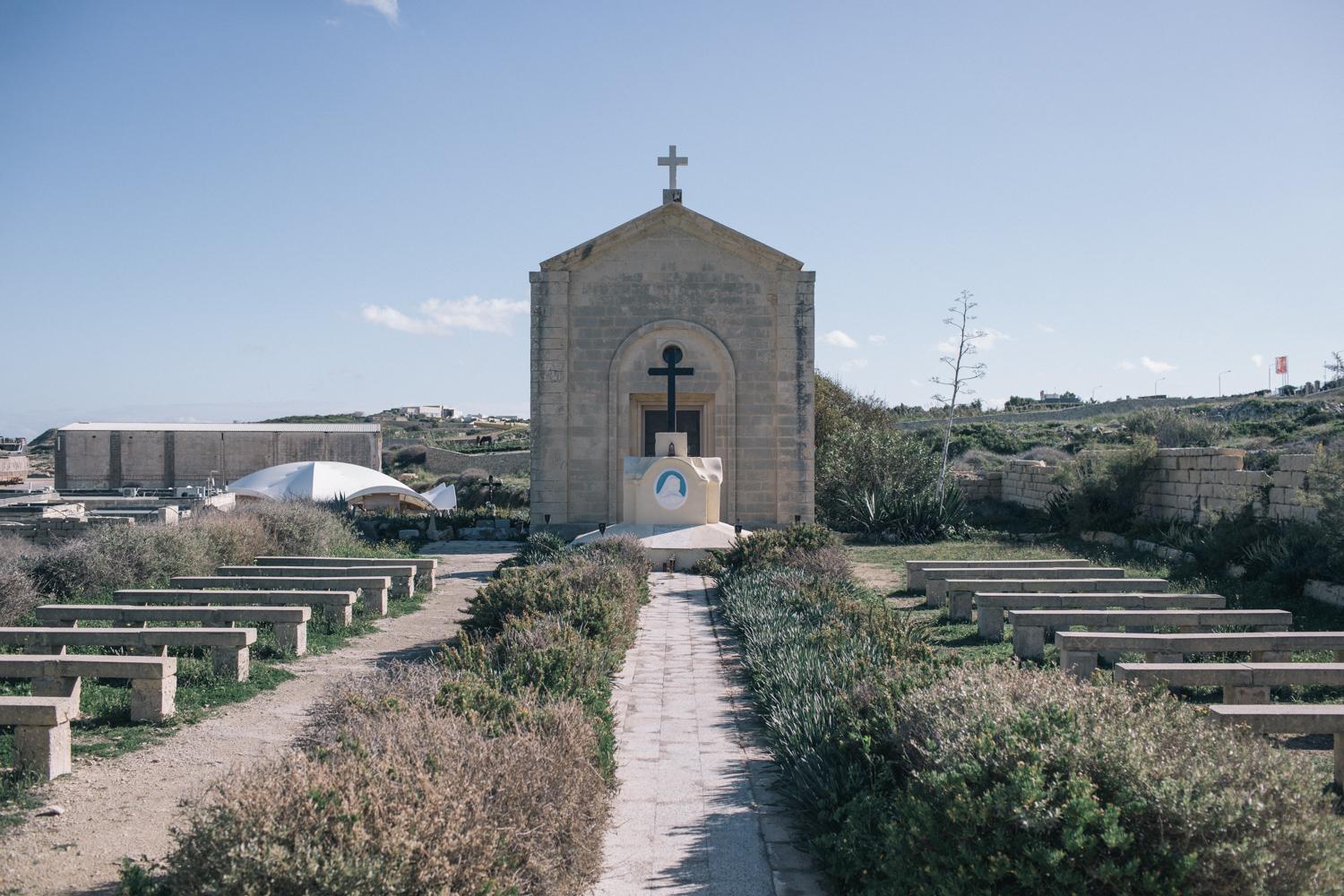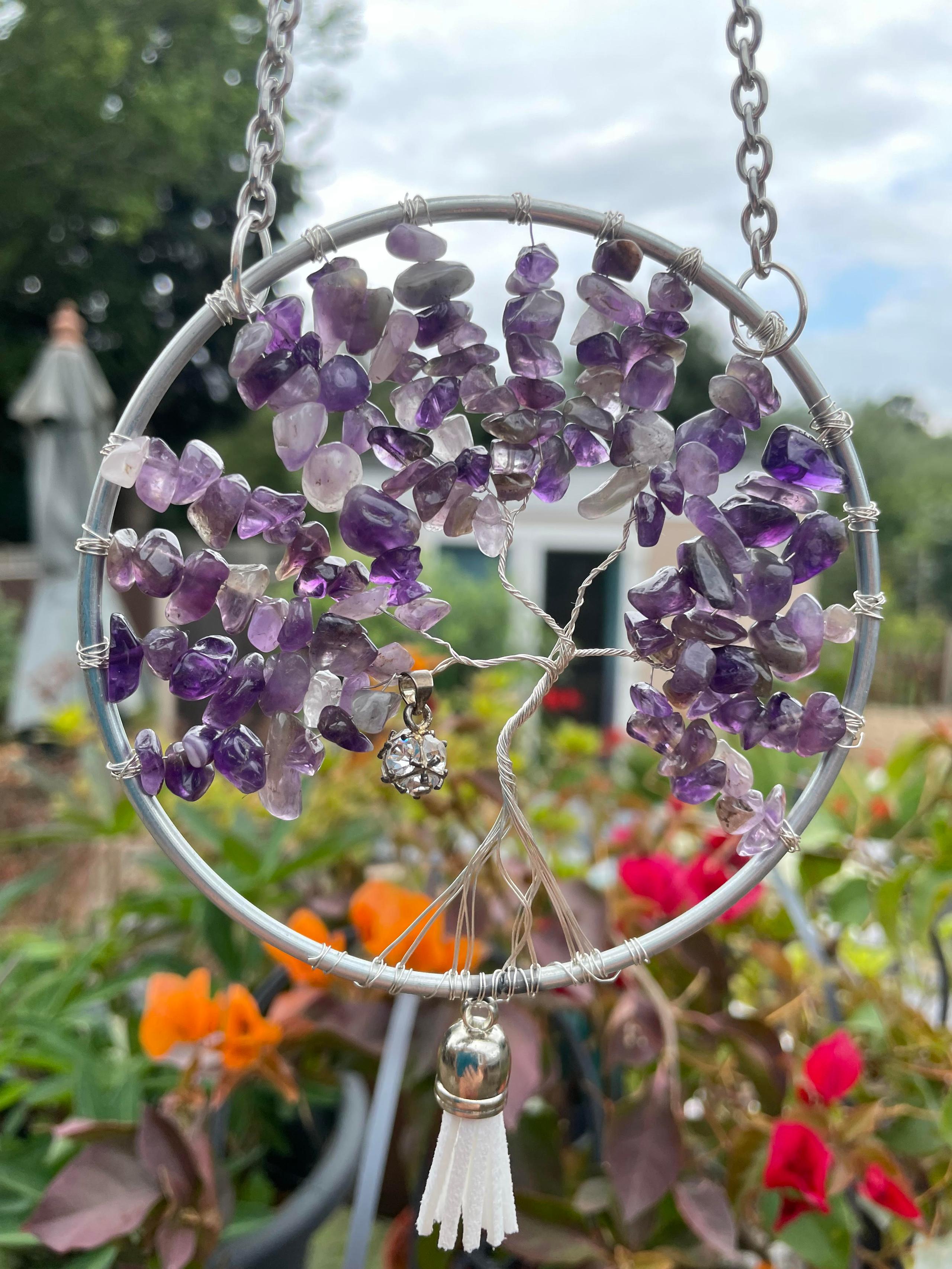Let's start at the beginning..
The Maltese islands has something for everybody: sandy beaches, rocky beaches, amazing weather, some of the best diving sites in the mediterranean and delicious cuisine influenced from all over the world.
Malta has one of the most varied histories of the world, and with over 8000 years of it you will need to extend your stay just so you can get the full picture of what it was like living on the most coveted island in the Mediterranean.
The advantageous geographical location and fertile farmland rendered Malta an attractive gem for those seeking Mediterranean trade. With convenient access to mainland Europe, lower Africa, and the Middle East, the island offered a coveted array of potential trading ports to anyone who could conquer it.
However, the journey to this strategic position was not without its challenges.
Maltese history is marked by sieges, forceful takeovers, as well as celebrations like Freedom Day and Independence Day, symbolising the constant struggle for independence by the Maltese. For visitors to the island, gaining insight into Malta's historical narrative is essential without dedicating the majority of their stay with their nose buried deep in history books.
Date uncertain - Island Formation
Malta is situated on an underwater ridge linking North Africa and Sicily. Prior to its emergence as an island, Malta remained entirely submerged. Only when the Strait of Gibraltar sealed did the receding sea level unveil the connected islands, which were still linked to both North Africa and Sicily, maintaining this connection for an extended period.
Skeptical?
Maltese archaeologists have uncovered the remains of creatures native to Europe and North Africa, including elephants and hippopotami, notably in Ghar Dalam where you can visit and see the remains for yourself.
5900 BC - The First Settlers
The information available about the initial settlers on Malta is sparse, to say the least. It is believed that these early inhabitants likely immigrated from Sicily in search of new territories. They were a resourceful community of builders, farmers, fishermen and hunters who brought domesticated animals to the islands for sustenance and to establish farming settlements.
These settlers are credited with the construction of the temples you will find scattered across the islands. Their dwellings were primarily in the caves of Malta, and it is believed that they still maintained some form of contact with other cultures. After a few centuries, due to severe droughts they were forced to depart, leaving the islands uninhabited.
We know that these early inhabitants were followers of Paganism, and their legacy laid the foundations for Maltese culture during the Neolithic era.
3850 BC - The next Settlers
A second period of colonisation is attributed to a subsequent wave of settlers returning to Malta from Sicily. Over the ensuing 1,500 years, the colonies would embark on a seemingly insurmountable task: the creation of monolithic temples dedicated to the fertility goddess.
This began with the construction of the Ggantija Temples in Xaghra Gozo. As it is so close to where we will be staying, I will be including a visit within the retreat. Here we will hold a silent meditation.
However, our knowledge of these settlers and their customs is exceptionally scarce, given the limited information available about this specific period in Maltese history. It seems to have been literally wiped clean.
We do know, that around 2350 BC, this civilisation mysteriously vanished without a discernible trace, leaving behind the enigmatic temples and their open-air residences. Some archaeologists say it could be attributed to an infant mortality rate of 50% or greater from 2600BC to 2400BC, but cannot say for certain and without records, we may never know the truth.
870 BC - The Phoenicians Arrive
Believed to Originate from Lebanon, the Phoenicians arrived in Malta and what started off as a Bronze Age Settlement would eventually develop into a city state called 'Maleth,' meaning - safe haven or 'Melita' in Greek. As it was located on a high ground plateau in the Northern part of Malta, it was perfect to defend (hence the name Maleth).
They primarily utilised the island as a trading post on their journeys to other nations so defence was important. Soon the entire island would adopt the name Melita when the Greeks settled on the island around 736BC.
There's a suggestion that the Phoenicians who settled in Malta hailed from Tyre, the renowned center for dye production in the Levant. Tyre's wealth was built on the purple dye extracted from Murex snails found in the Mediterranean.
While the visible impact may be limited, the influence of the Phoenicians on Malta endures even today. Elements such as place names, numerical systems, and the Maltese language exhibit striking similarities to Arabic. Notably, Maltese remains the sole Semitic-based language in Europe, uniquely written in a Roman script.
Pretty cool huh?
528 BC - Carthaginians arrive
Malta became a prospering city as a trading post that linked Africa to European continents, it became a bridge facilitating trade all over. Examples and subtle hints of remaining architecture can be seen dotted around still. After what was a devastating and long war, in 218BC, Melita as it was still known came under Roman Rule.
218 BC - The Start of Roman Rule
Under Rome's rule, Melita would flourish once more. The name changed slightly and was now known as 'Melite' and the official language would become Latin. Religion was adapted to the ancient Roman gods and goddesses and Melite remained a part of the Roman Empire until 535AD.57AD - Arrival of St Paul
870 AD - The Arab Rule Begins
Known as the Muslim Expansion, in 870AD most of the inhabitants of Melite had been killed. By 1049AD Melite had been rebuilt and was renamed Medina. There was a brief attempt to take back what was lost in 1054AD, but they failed to reclaim the city. Malta was under Arab rule from 870 to 1091 AD, during which the Arabic language and culture influenced the island. However, the Arab rule in Malta did not result in the complete eradication of its Christian population or culture. The Normans subsequently conquered Malta in 1091, and over time, Christianity became more dominant.1127 AD- Norman Rule begins
By 1122AD, a muslim uprising threatens the Norman rule . Roger II of Sicily takes back the island, fully establishing the Norman Rule in 1127AD.The development of the Maltese language is a complex process. While the language has Semitic roots and was influenced by Arabic during the Arab rule, it has evolved over the centuries, incorporating elements from various languages, including Italian and Sicilian. The Maltese language didn't simply "cut off" from its Arabic source but underwent a gradual transformation.
It's essential to acknowledge the nuanced historical processes, coexistence of cultures, and the continuous evolution of languages when discussing the history of Malta.
1530 AD - The Rule of the Knights of St. John
Arrival and Colonization (1530): The Knights Hospitaller, also known as the Knights of St. John, arrived in Malta in 1530 after being forced out of Rhodes by the Ottoman Empire. Charles V of Spain granted them the Maltese islands, and this marked the beginning of their significant influence on the region.
Italian as the Official Language: It's true that during the Knights' rule, Italian became the official language of Malta. This linguistic shift was part of the broader cultural impact of the Knights, who were primarily of Italian origin.
Strategic Importance and Defensive Measures: Malta's strategic location in the Mediterranean made it a crucial outpost for the Knights. They recognised the need for strong defenses against potential Ottoman attacks. The Knights invested in fortifications, transforming the Maltese islands into a formidable military stronghold.
Development and Infrastructure: The Knights took their responsibilities seriously and undertook ambitious projects to enhance the infrastructure of Malta. This included the construction of banks, hospitals, and public spaces. The island saw a flourishing of art and architecture under their patronage.
Naval Power and Defense: Recognising the importance of naval power for the defense of Malta, the Knights became skilled seafarers. They successfully repelled attacks on the island, notably resisting assaults from Sultan Suleyman the Magnificent.
Transformation into a Militant Force: The Maltese islands, under the Knights' leadership, were transformed into a militant force. The fortifications, including the renowned Fort St. Elmo, played a crucial role in the defense of Malta during the Great Siege of 1565 when the Ottomans attempted to capture the island.
The Knights Hospitaller's tenure in Malta left a lasting impact on the culture, architecture, and history of the islands.
1565 AD - The Great Siege
The Siege of Malta (1565):
- A significant Ottoman force, led by Grand Vizier Mustafa Pasha, besieged the Maltese islands with around 40,000 troops.
- The Knights of St. John, along with local Maltese defenders, faced the overwhelming odds with a force of around 9,000.
Length and Outcome of the Siege:
- The siege lasted for an intense period of 3 months, 3 weeks, and 3 days.
- Despite being heavily outnumbered, the defenders, aided by fortifications and strategic planning, successfully repelled the Ottoman forces.
Celebration and Renown:
- The Siege of Malta became a celebrated event in 16th-century Europe, and the defenders' resilience was widely acknowledged.
- Voltaire, the French Enlightenment writer, mentioned the siege, contributing to its recognition in historical narratives.
Impact on the Ottoman Empire:
- The failure of the siege is considered one of the setbacks that contributed to the decline of the Ottoman Empire. It demonstrated the limits of Ottoman expansion in the Mediterranean.
Literary Works:
- Numerous books have been written about the Siege of Malta, with "The Sword and the Scimitar" by David Ball being highlighted as one of the notable accounts.
Rebuilding and Valletta:
- Following the siege, the Knights Hospitaller, led by Grand Master Jean Parisot de Valette, devoted efforts to rebuilding the damaged cities.
- Valette initiated the construction of Valletta, a fortified city named in his honour. Unfortunately, he passed away in 1568, just two years before the completion of the city.
The Siege of Malta is a crucial episode in the history of the Knights Hospitaller and Malta, showcasing their determination and resilience against formidable odds. The construction of Valletta became a symbol of renewal and defiance, leaving a lasting impact on the cultural and historical identity of Malta.
1798 AD - The French arrive (but not for long!)
Napoleon's Brief Rule (1798-1800):
- Napoleon Bonaparte seizes Malta from the Knights Hospitaller in 1798 after a short military campaign.
- He introduces several reforms during his six-day rule, including the abolition of slavery, educational improvements, the establishment of municipalities, and public finance administration.
French Rule and Unpopularity:
- The French administration in Malta, however, becomes unpopular due to their actions, such as ransacking churches and closing convents.
- The Maltese people, displeased with the French rule, seek assistance from the British.
British Intervention (1800):
- Lord Horatio Nelson blockades the French forces in Malta, leading to their surrender in 1800.
- Malta becomes a British protectorate, serving as a crucial military and naval fortress.
Plague of 1813:
- In 1813, Malta faces a devastating plague that takes a toll on the population. It starts at the Lazaretto Quarantine Harbour on Manoel Island and spreads across the islands, excluding Senglea.
- The plague results in a significant loss of life, with about a third of the Maltese population succumbing to the disease.
Malta Railway (1883-1931):
- In 1883, the Malta Railway is established, providing transportation on the islands. However, it closes fifty years later in 1931.
First Postage Stamps (1885):
- In 1885, Malta issues its first postage stamps, marking an important development in the communication and postal services of the islands.
1900's (almost finished!)
World War I and 'Nurse of the Mediterranean' (1914-1918):
- Malta serves as a floating hospital during World War I, earning the nickname 'the Nurse of the Mediterranean' due to the significant number of wounded soldiers brought to the island for recuperation.
Sette Giugno Riots (1919):
- The Sette Giugno riots break out in 1919, leading to increased autonomy for the Maltese islands.
- The events contribute to a growing schism between Malta and the United Kingdom.
World War II and George Cross (1939-1945):
- Malta is heavily bombed during World War II but retaliates, causing damage to Italian air forces.
- In recognition of Malta's bravery, King George awards the island the George Cross, which is now featured on the Maltese flag.
Post-War Developments and Independence (1947-1964):
- A new constitution in 1947 restores self-rule in Malta.
- In 1953, the absence of a Maltese delegate at the Queen's Coronation contributes to the strained relationship between Malta and the United Kingdom.
- Plans for independence are set in motion, and Malta gains independence in 1964.
Republic (1974) and Complete Independence (1979):
- In 1974, Malta becomes a Republic.
- The last British troops leave Malta in 1979, marking the complete withdrawal of British presence.
- Malta is now a fully sovereign state with its own language, history, and national anthem.
2004 - Malta joins the EU
EU Accession and Adoption of the Euro (2004-2008):
- Malta conducted a referendum to decide whether to join the European Union (EU).
- Following debates and discussions, Malta joined the EU in 2004.
- In 2008, Malta adopted the euro as its official currency, marking a significant step in its integration into the European economic and monetary system.
Valletta as European Capital of Culture (2018):
- In 2018, Valletta, the capital of Malta, was declared the European Capital of Culture.
- This designation is awarded annually to cities in the EU, highlighting their cultural richness and encouraging cultural exchange and cooperation.
Are you ready to join us?
Contact Jacqui
If you feel drawn to joining us on this women only retreat, then click on the button below and fill out the form to hold your space
